
The next step in the evolution of Yamaha’s flagship superbike, the Yamaha R1M, is a natural-born racer, but it is just as enjoyable off the track as it would be on it.
To be honest, when I took delivery of the 2020 Yamaha YZF-R1M, my initial thoughts were… This bike has no business on the streets. By the mere sum of all its parts, the bike is destined for closed-course asphalt glory.
At this level in the R1M’s evolutionary process, the bike’s look, shape, and feel take a bit of a departure from the previous model years. It not only looks finished, but it also feels finished. Granted, Yamaha has 22 years of developing the evolution of the YZF-R1, as the model debuted in 1998. With the presentation of this 2020 Yamaha R1M model, there has been a considerable leap forward. The carbon fiber adorning the chassis alone is enough to lock your visual engagement. The front fender, upper cowl, side, and tail fairings… all carbon fiber. It’s quite beautiful.

Feeling the effects of the lighter 450 pounds (wet), while harnessing the power of the 998cc cross-plane crankshaft engine in the cockpit makes everything all too real, for all the right reasons. Pairing an aluminum frame and fuel tank with a magnesium subframe and wheels means lighter weight while not skipping out on the desired and required strength. The bike feels slimmer, and the new tank section allows for improved rider connectivity. The new bodywork highlights the progressive styling and fluidity of the 2020 model when compared to the 2019 version.
In 2015, the revamped R1 design caught some flack from the R1 purist community and some of the jurors from the court of public opinion. Flack aside, the new aesthetic was a departure from the established fashion of the R1, giving it a unique presentation that was undeniably R1. The 2020’s refinement of what began in 2015, puts a period on the progression. As said, it looks finished. It is the most attractive R1, since the bike’s inception.
The R1 has never suffered from a lack of performance. Over the years, the platform has always been ready for a throwdown. The 2020’s engine continues to improve its output. The inline four-cylinder, cross-plane crankshaft engine is laced with titanium connecting rods, shortened intake ports, and repositioned 10-hole injectors that spray directly toward the intake valve (previously 12 holes, relocated from the bottom of the throttle bodies, now on top). The new engine also features new cylinder heads and new profiles for both the rocker arms and camshafts.
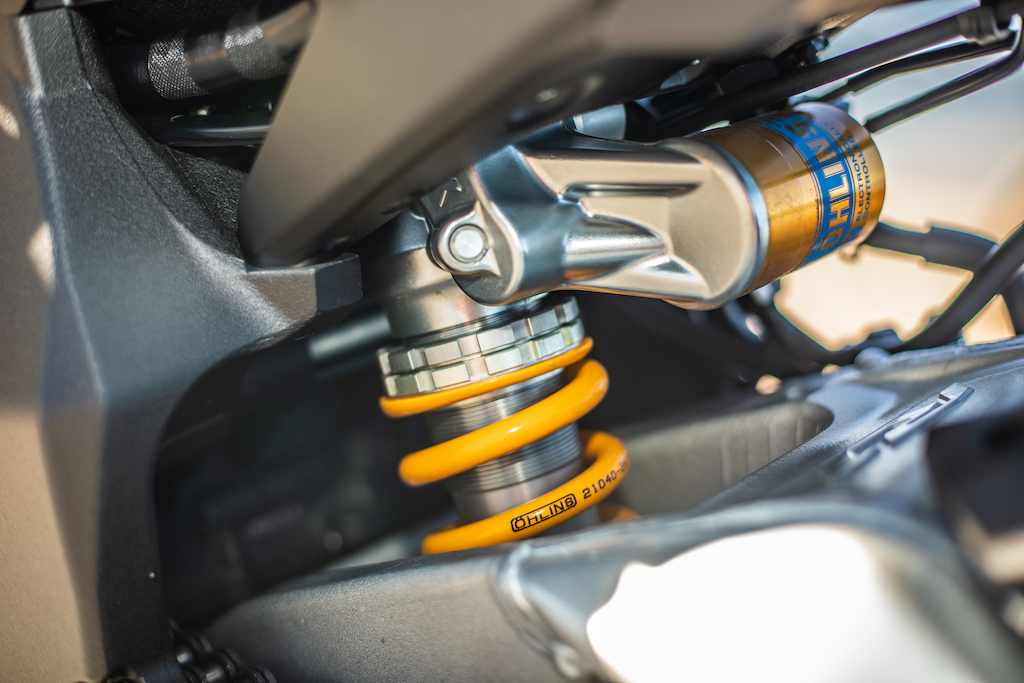


I noticed the Yamaha R1M’s proper full-color TFT dash interface when I took delivery at the Yamaha warehouse and started her up. There is a lot of data that fits on the screen. And you’ll easily spend 20 to 30 mins flipping through the menu, reviewing and adjusting settings.
There are four riding modes. Ten settings for traction control. Four slide control settings. Four lift or wheelie control settings. Three settings for the quick shifter. Two settings for the brake control and three for the engine brake management system. The acceleration and brake application meter in the lower right corner immediately caught my attention.
One minor benefit of testing this bike on the street is that there are moments when you can look down at the dash and glance at what information or data is being presented to you. This would never happen on the track. The streets of Southern California and the stretch of the Pacific Coastal Highway were not enough to push the YZF-R1M to any degree of pressure. But it sure was fun as hell.
Perhaps, the feature that will receive the most praise is the new cableless ride-by-wire Yamaha chip-controlled throttle. It is precisely what it sounds like… The Accelerator Position with Sensor (ASPG) eliminates the need for throttle cables. It’s not as simple as “twist and go”, per se, but in the application for the rider, it is as “twist and go” as you can get.
The ASPG is a magnetic sensor that detects when the throttle is opened at the grip. It then communicates with the throttle bodies. The result is consistent and a damn near effortless throttle response. You twist the throttle, and she moves. The transaction is smooth and direct. At speed, quick-shifting through gears, there is a nuance of a different engagement with the throttle, but I chalked it up to memories and habits of riding with a standard cable throttle assembly. The application of ASPG for street riding is sheer enjoyment. But in a track environment, ASPG’s potential is massive.

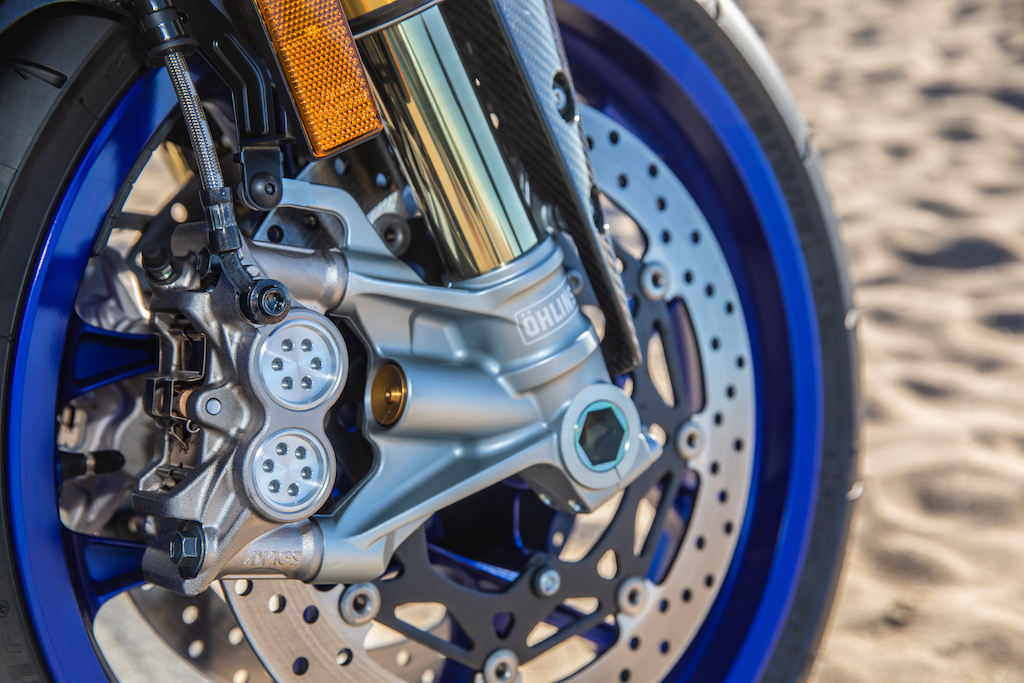
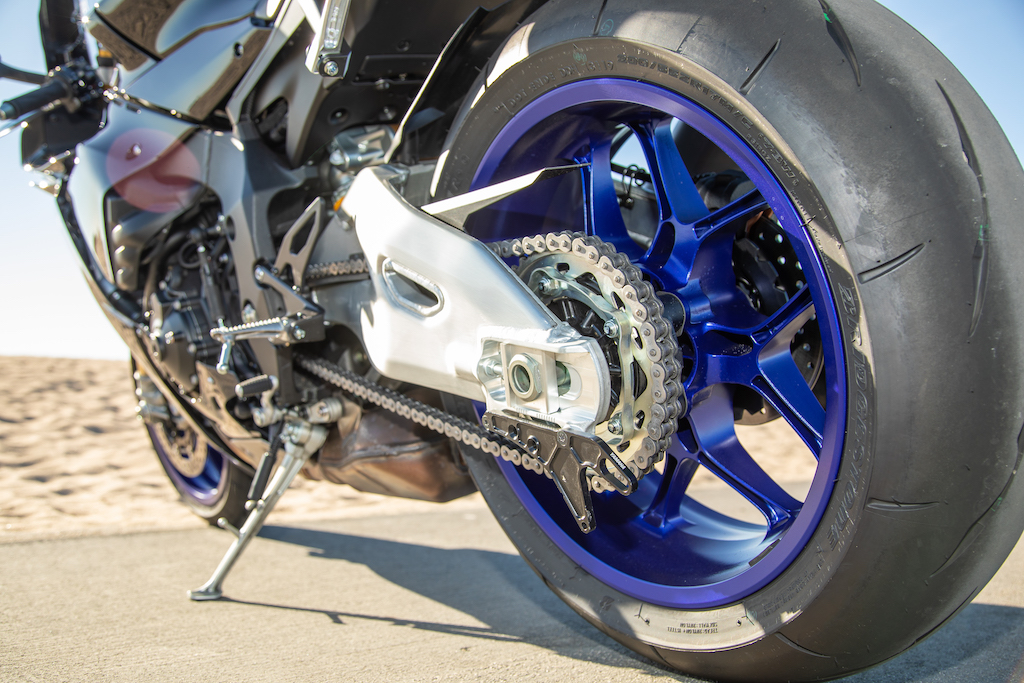
Considering the 2020 model’s new or revamped components and elements, I thought to myself as I began my ride… I have no business taking this weapon out on a street cruise. It just did not seem practical. I thought that low gears and mostly mid-range revs would hinder its performance. Of course, I was hell-bent on finding some bits where I could let her stretch her legs. I was successful. But I don’t think I got her out of third gear for the most part. Regardless, I quickly learned I was wrong to discredit the potential pleasure YZF-R1M would provide in the streets.
I was pleasantly surprised by the performance output and above-average, impressive level of comfort of the 2020 Yamaha R1M while getting on with it around the streets of SoCal. The consistent delivery of smooth power when pulling away from the light… The non-biting, yet firm braking as I rolled to a stop at the intersections (the unified brake system from the prior model years is no longer)… This was an intimate engagement with the bike that I often miss when on larger press outings. The opportunity to slow down and ascertain as much as possible from the product is overlooked and underrated.

It was at the Bolsa Chica State Beach where I could slightly open her up. I threw her into a few corners and considered the Ohlins ERS set up on what I will refer to as an “access road.” I was by no means moving at a pace to effectively apply pressure to the R1M’s electronic front forks and rear shock. But the components are proper race bits.
The list of features that the R1M comprises is plentiful — ranging from the practical application for the street to the competitive racer’s edge. The YZF-R1M has a WIFI communication control unit (CCU) that, when used in connection with Yamaha’s mobile phone applications (Y-TRAC and YRC Setting), allows you to adjust several settings. The CCU can also track the bike’s position via GPS and log data using the recorded information from the IMU, ECU, and GPS.
The question of what is practical or where a bike, particularly a liter biker, should be ridden is all relative. The 2020 Yamaha YZF-R1M, while designed, and engineered for the track, is right at home in the streets, canyons, backroads, etc. After all, the R1M comes with turn signals, brakes, and LED headlights, not to mention mirrors. These DOT-required components can quickly be removed so that the R1M can quickly be converted into its track-appropriate persona, or alter ego.
That seems pretty damn practical to me.
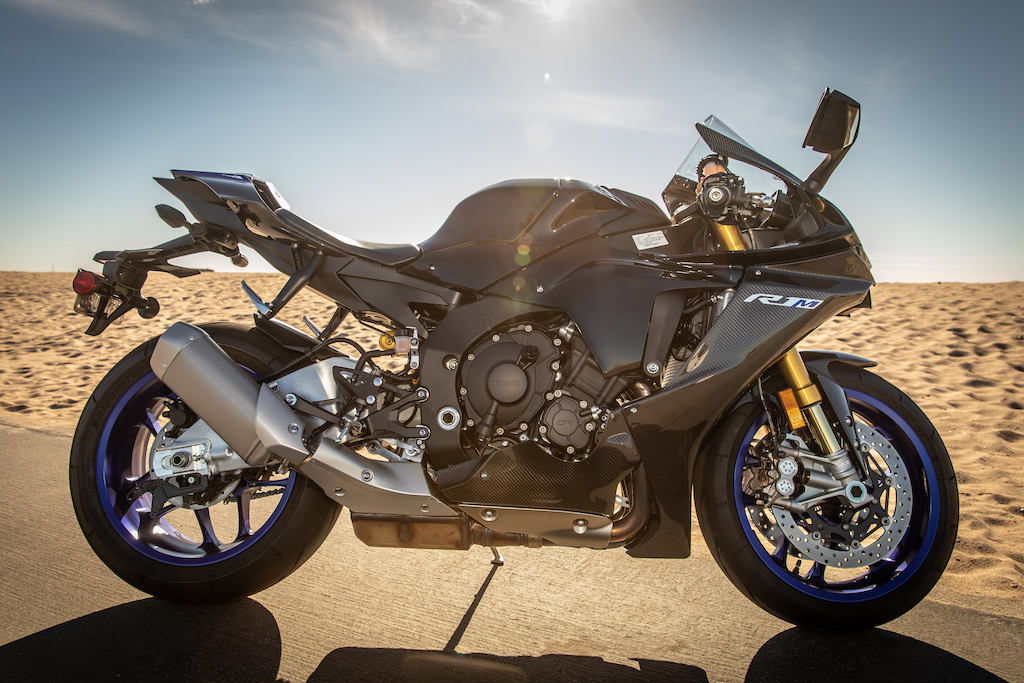
Images: Bad Beard
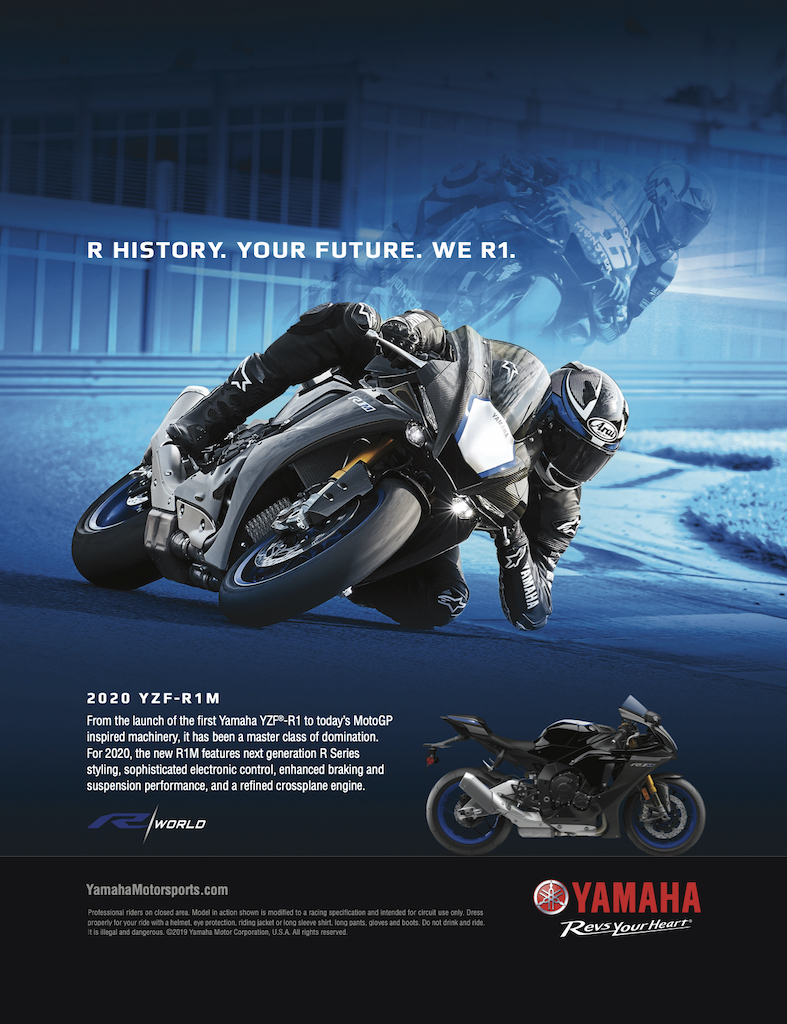
About The Author
Discover more from SportBikes Inc Magazine
Subscribe to get the latest posts sent to your email.
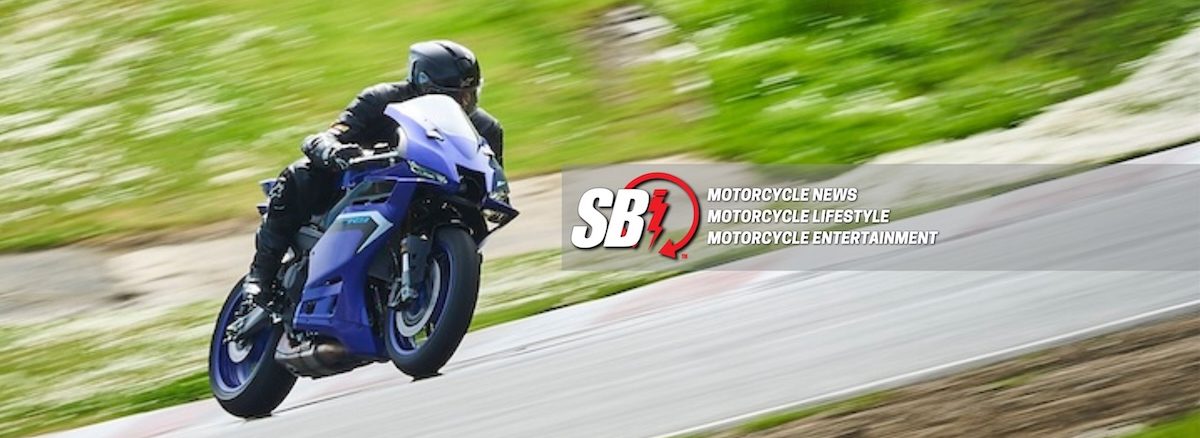

1 thought on “Yamaha R1M – First Ride Review”